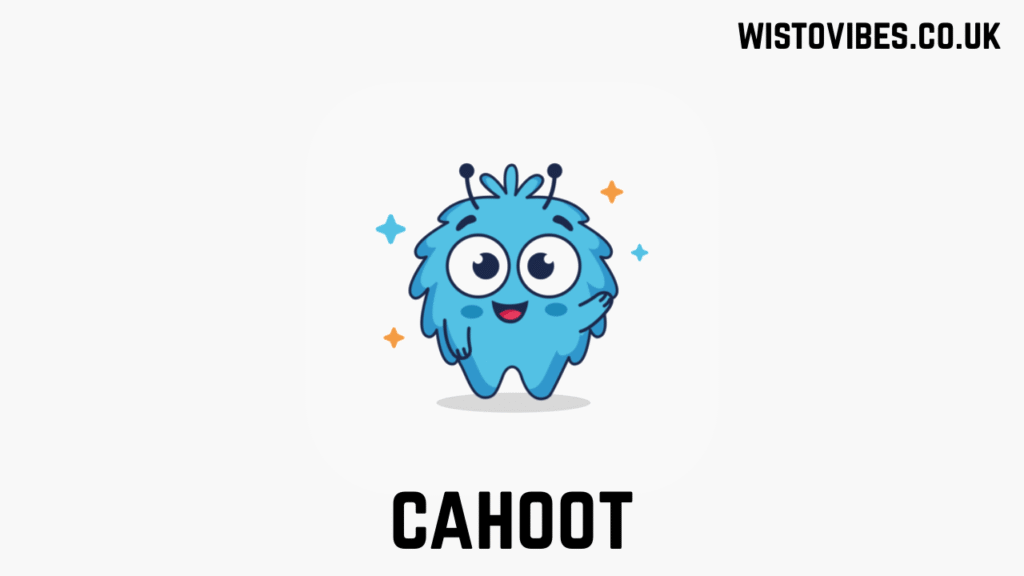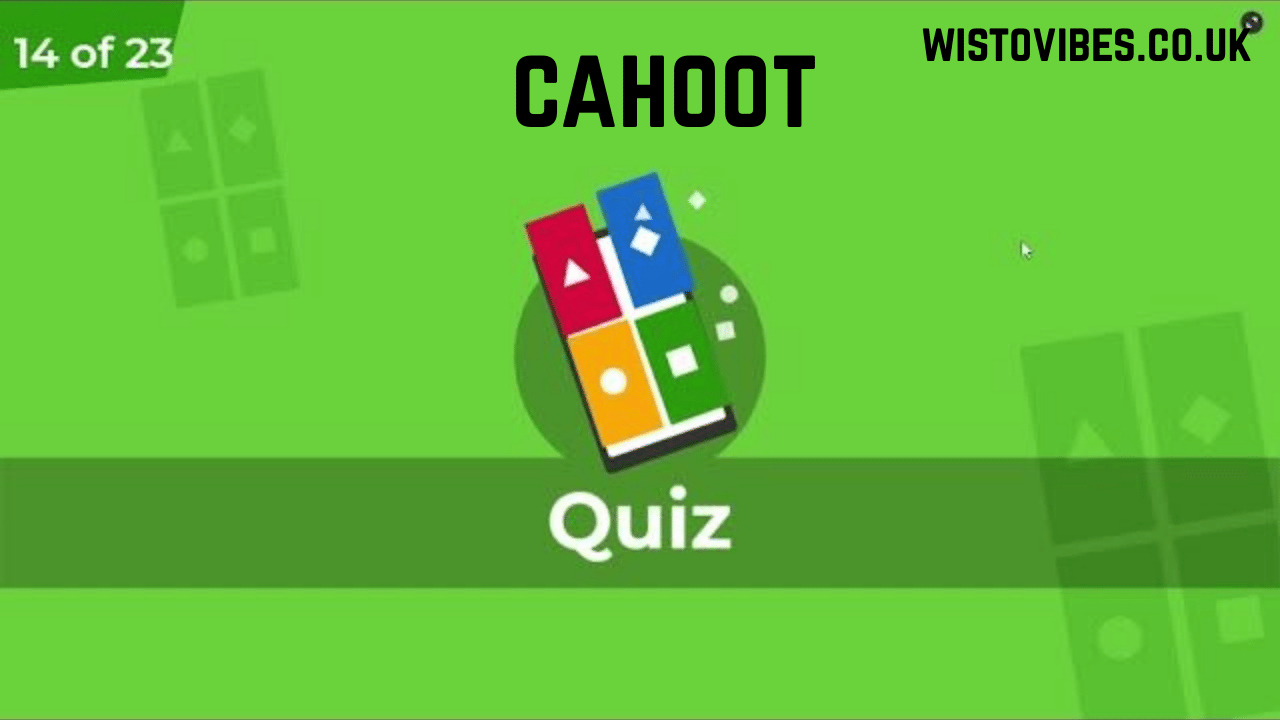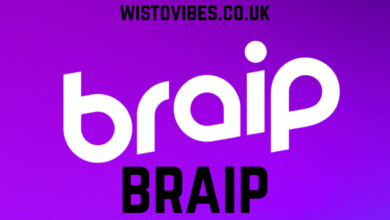The word cahoot is a fascinating term that carries deep historical and cultural significance. It has been used in literature, conversations, and everyday speech for centuries, often reflecting ideas of partnership, collaboration, or even conspiracy. What makes cahoot particularly intriguing is its flexibility; it can describe cooperation in a positive sense, but it also has undertones of secrecy and hidden agendas. Understanding cahoot requires looking at its linguistic roots, its evolution in society, and the many contexts in which it is applied today.
Origins of the Word Cahoot

Cahoot is believed to have originated in the United States during the early 19th century. While its exact etymology is debated, many linguists connect it to the French word cahute, meaning a small hut or cabin. This reference suggests people being “in the same hut,” which naturally evolved into the idea of people being in partnership. Over time, cahoot moved beyond literal cabins and came to describe any kind of joint effort, whether open or secret.
Cahoot in Historical Context
In early American history, cahoot was often used to describe secret alliances or agreements. It was particularly common in political language, where rivals accused one another of being “in cahoots” with corrupt groups or hidden interests. This historical backdrop gave cahoot a reputation for mystery and suspicion, though it could also simply mean people working together toward a shared goal.
The Dual Nature of Cahoot
What makes cahoot unique is its dual nature. On one side, it can represent cooperation, teamwork, and unity. On the other, it may imply dishonesty, scheming, or conspiracy. For example, business partners working together for mutual profit may be described as being in cahoots. However, two rivals secretly plotting against a third party could also be called cahoots. This versatility explains why the word has remained relevant for so long.
Cahoot in Literature and Popular Culture

Writers, playwrights, and filmmakers have long used cahoot to add intrigue and drama to their works. In Western novels, lawmen might accuse outlaws of being in cahoots with townsfolk. In modern movies, the phrase often appears in dialogue to suggest secretive cooperation. Popular culture continues to use the word to convey both suspicion and partnership, keeping it alive in the public imagination.
Cahoot as a Symbol of Collaboration
Beyond its negative undertones, cahoot can also symbolize collaboration in the truest sense. People in business ventures, academic research, or community projects may be described as being in cahoots. While the phrase may sound informal, it carries the essence of people uniting to achieve something together. In this way, cahoot mirrors the values of teamwork and cooperation that are central to human progress.
Cahoot and Secrecy
Secrecy is one of the strongest associations with cahoot. Whenever the word is used, it often suggests that the cooperation is hidden from others. This is why cahoot is so common in discussions about politics, scandals, or crime. Being “in cahoots” hints at an alliance that others may disapprove of or one that is kept away from public knowledge.
Cahoot in Business and Commerce

In the world of commerce, cahoot has been used to describe hidden partnerships, both good and bad. Companies accused of price-fixing are often said to be in cahoots with competitors. On the other hand, start-up founders working together may proudly admit to being in cahoots. In business, the interpretation depends largely on whether the cooperation is transparent or secretive.
Cahoot in Everyday Speech
In casual conversations, people frequently use the phrase “in cahoots” to describe others who appear unusually close or aligned in their actions. Friends making plans without telling others, siblings covering for each other, or coworkers sharing secrets are often described in this way. This shows how deeply embedded the word has become in everyday language, far beyond its historical origins.
Cahoot in Politics
Politics has always been fertile ground for the use of cahoot. Politicians regularly accuse opponents of being in cahoots with special interest groups, lobbyists, or hidden influencers. This usage emphasizes the secretive and sometimes suspicious connotations of the word. In democratic societies, where transparency is highly valued, accusations of being in cahoots often carry serious consequences.
Cahoot in Law and Order
In legal and criminal contexts, cahoot frequently describes unlawful partnerships. Thieves, fraudsters, and corrupt officials are often said to be in cahoots. Law enforcement agencies sometimes use the term informally to describe networks of criminals working together. Its association with crime and secrecy gives it a dramatic edge when used in courtrooms or investigative reports.
Cahoot as a Cultural Expression
Beyond its practical applications, cahoot has become a cultural expression symbolizing human relationships. It reflects how people perceive cooperation—sometimes with suspicion, other times with admiration. The continued use of cahoot across cultures highlights its adaptability and enduring appeal.
Misunderstandings About Cahoot
Because cahoot is not a commonly used word outside English-speaking regions, many people misunderstand its meaning. Some assume it only refers to crime or corruption, while others use it too casually without realizing its deeper roots. This confusion shows the importance of context when interpreting the word.
Cahoot in Modern Communication
In today’s digital world, cahoot continues to thrive as part of informal speech. Social media users often joke about friends being in cahoots when they appear to act in sync. The word adds a playful, conspiratorial tone to conversations, making it especially popular in humorous or sarcastic posts.
The Psychological Impact of Cahoot
Psychologically, the idea of being “in cahoots” appeals to the human desire for belonging and secrecy. People often enjoy the thrill of being part of something hidden, even if it is harmless. This explains why the word resonates so strongly, evoking curiosity and excitement whenever it appears.
Cahoot Across Generations
Older generations may associate cahoot with serious accusations or conspiracies, while younger generations often use it playfully. This generational difference demonstrates the flexibility of the word. Whether serious or lighthearted, cahoot adapts to the values and humor of the time.
Why Cahoot Still Matters Today
Despite being an old-fashioned term, cahoot continues to matter because it captures the essence of hidden partnerships and alliances. In an age where secrecy and transparency constantly clash, cahoot provides a linguistic bridge to express these dynamics. It remains an essential part of how people talk about collaboration and secrecy.
Conclusion
The word cahoot is far more than just a quirky phrase. It embodies centuries of history, cultural adaptation, and human psychology. From its roots in huts and cabins to its modern use in memes and politics, cahoot continues to intrigue and entertain. Its power lies in its versatility—able to describe collaboration, secrecy, or conspiracy with equal force. In a world where alliances shape outcomes, the concept of cahoot will always remain relevant.
FAQs
What does cahoot mean?
Cahoot means partnership, collaboration, or secret cooperation, depending on the context.
Is cahoot always negative?
No, cahoot can mean both positive collaboration and suspicious conspiracy.
Where did the word cahoot come from?
It likely came from the French word cahute, meaning hut, symbolizing people being together.
Why is cahoot used in politics?
Politicians use it to accuse rivals of secretive or corrupt alliances.
Is cahoot still relevant today?
Yes, it remains widely used in casual speech, media, and cultural expressions.
Read More: Foxy Bingo A Complete Exploration of the Popular Bingo Platform




